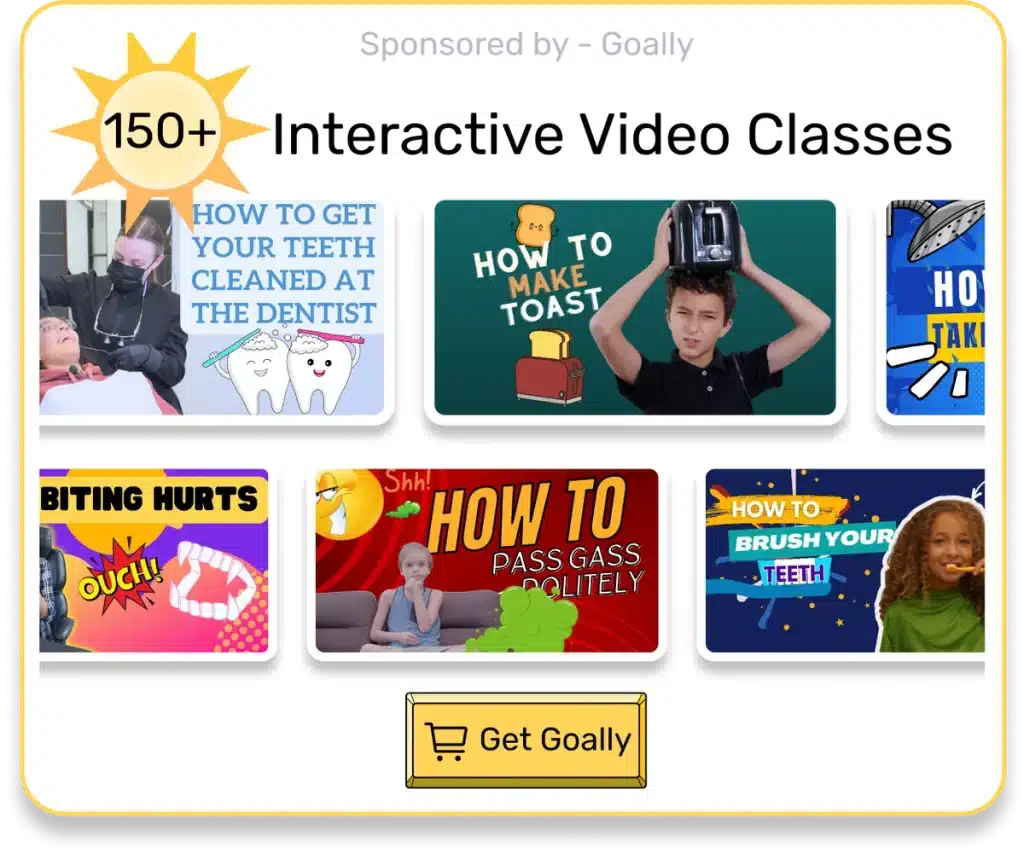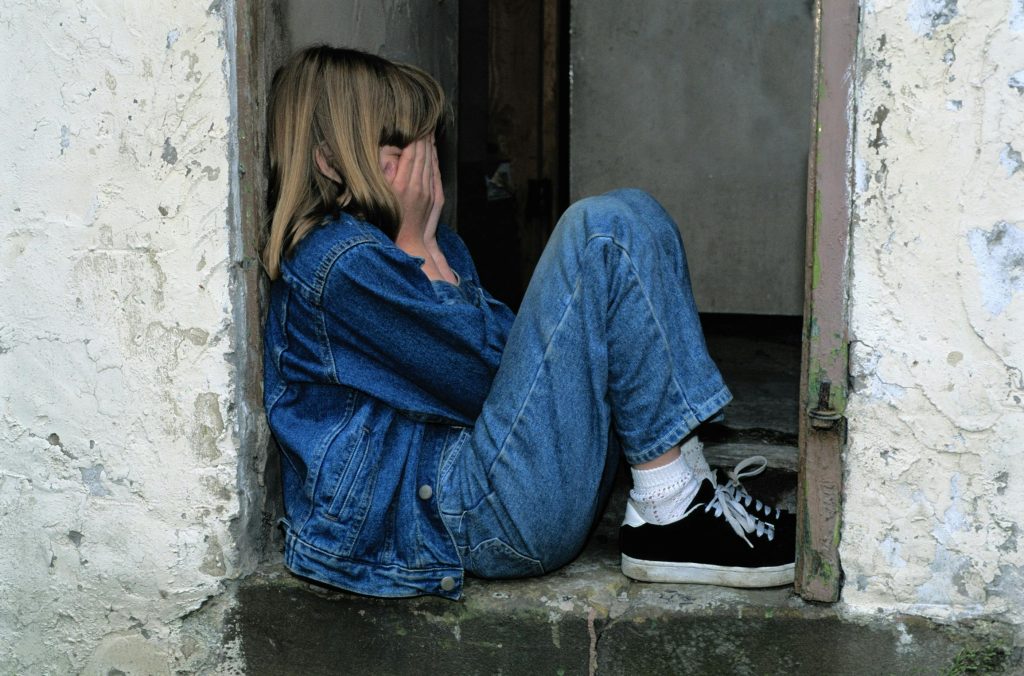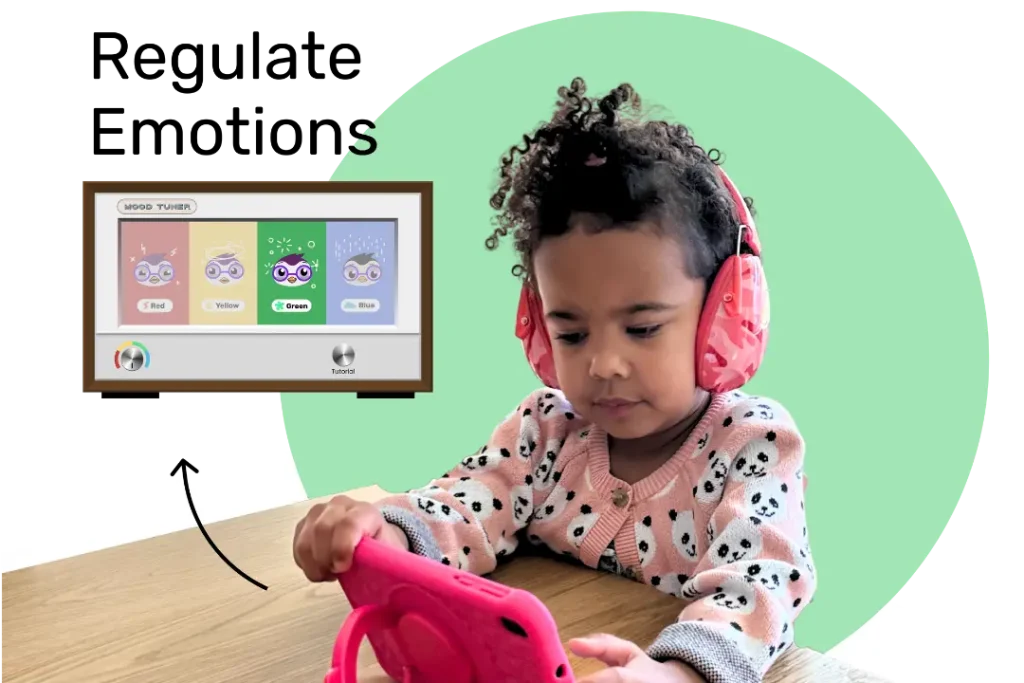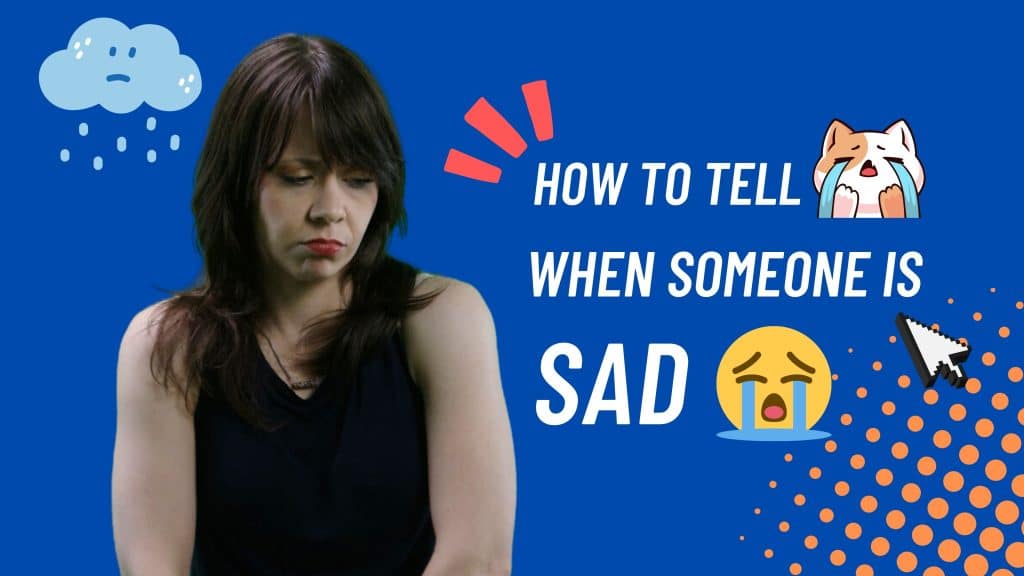Ever felt like you’re navigating a labyrinth when trying to decipher your child’s emotions? You’re not alone. Recognizing sadness in kids can be a complex task, akin to piecing together a jigsaw puzzle. But don’t fret; we’re here to simplify this for you. This guide, coupled with our Goal Mine video class, will equip you with the tools to understand and respond to your child’s emotional state effectively.
Table of Contents
| Step | Description |
|---|---|
| step 1: Signs of Sadness | Identify changes in behavior, physical cues, and verbal expressions that indicate sadness. |
| step 2: Causes of Sadness | Understand the triggers of sadness in your child, such as change, loss, or conflict. |
| step 3: Empathy and Support | Learn to empathize with your child’s feelings and provide the necessary support through open communication, comfort, and problem-solving. |

Goally | Best Videos to Teach Life Skills
Give your kid an independent future. Goally has 100+ video classes teaching life skills like “How to Choose a Restaurant,” “How to Interrupt Politely,” and “How to Get Ready for School.”
Goally takes kids on an adventure that includes interactive practice and checkpoints along the way! No web browsers, YouTube, or social media.
Step 1: Signs of Sadness
Recognizing sadness in kids is the first step towards understanding their emotional world. Here are some telltale signs:
- Change in behavior: This could manifest as a lack of interest in activities they usually enjoy or withdrawal from social interactions.
- Physical cues: Look for signs like slumped shoulders, downcast eyes, or a lack of energy.
- Verbal expressions: They might talk about feeling low or not being happy.
Our Goal Mine video class delves deeper into these signs, providing real-life examples and interactive practice to teach kids how to tell if someone is sad. It’s a great resource for kids to learn about recognizing sadness independently.
Step 2: Causes of Sadness
Understanding what triggers sadness in your child can help you provide the proper support. Here are some common causes:
- Change: Changes, big or small, can be unsettling for kids. This could be a move to a new city or a shift from kindergarten to primary school.
- Loss: The loss of a loved one, a pet, or even a favorite toy can trigger sadness.
- Conflict: Disagreements with friends or siblings can also lead to feelings of sadness.

Read more: Kid's Empathy Quiz | Video Included
Remember, the cause of sadness can vary from child to child. What seems trivial to an adult might be significant for a child. So, validating their feelings is crucial, regardless of the cause.
Step 3: Empathy and Support
Once you’ve recognized the signs and understood the causes, the next step is empathizing and providing support. Here’s how:
- Open communication: Encourage your child to express their feelings. Let them know it’s okay to feel sad and that you’re there to listen.
- Comfort: Sometimes, a hug or a comforting word can go a long way in making your child feel better.
- Problem-solving: Help your child navigate their feelings by discussing possible solutions to what’s causing their sadness.
Empathy and support help your child cope with their current feelings of sadness and equip them with the skills to handle future emotional challenges.
Goally | Kid’s Tablet for Building Emotional Regulation Skills
Is your child struggling with understanding and managing their emotions? Goally teaches emotional regulation skills in a fun and interactive way!

The Mood Tuner app encourages kids to look inwards and identify their feelings, helping them understand what’s going on inside. Once they’ve recognized their emotions, they can choose from a variety of exercises designed to help them self-regulate and find their balance.
Recognizing, understanding, and knowing how to tell if someone is sad. But with these steps, you’re well on your way to becoming your child’s emotional compass. Remember, it’s not about eliminating sadness but teaching your child to navigate their emotions effectively. And what better way to do this than by letting them learn independently? Our Goal Mine video class is a great starting point. For a more comprehensive learning experience, consider getting Goally’s dedicated Tablet to unlock the rest of the video lessons. After all, equipping our kids with emotional intelligence is one of the greatest gifts we can give them.
FAQ’s About How to Tell If Someone is Sad
What is Goally's approach to teaching kids 'how to tell if someone is sad'? Goally uses task analysis to break down this complex skill into simple, manageable steps through engaging video classes. How does Goally help kids understand the signs of sadness? Goally's video classes provide real-life examples and interactive practice to help kids recognize physical cues, changes in behavior, and verbal expressions of sadness. Can Goally help in understanding the causes of sadness in kids? Yes, Goally's content delves into common triggers of sadness in kids, helping parents and children understand and address these causes effectively. How does Goally promote empathy and support when someone is sad? Goally encourages open communication, comfort, and problem-solving, teaching kids to empathize and provide support when someone is sad. Is Goally effective in teaching kids 'how to tell if someone is sad' independently? Absolutely, Goally's step-by-step video classes are designed to empower kids to recognize and respond to sadness independently.

Goally
We help parents teach their kids life skills, like doing bedtime and morning independently. Backed by science, we incorporate evidence-based practices and expert-informed designs in all of our apps and content.






